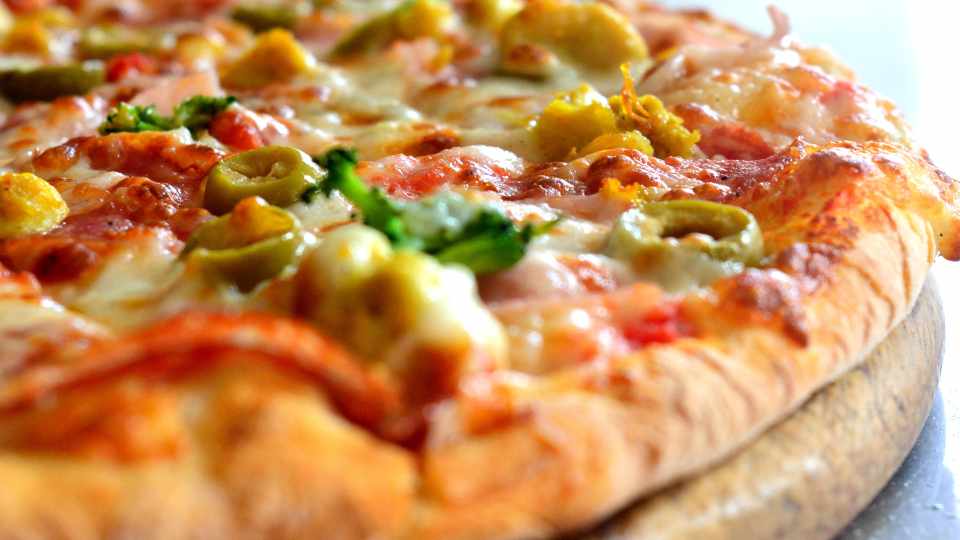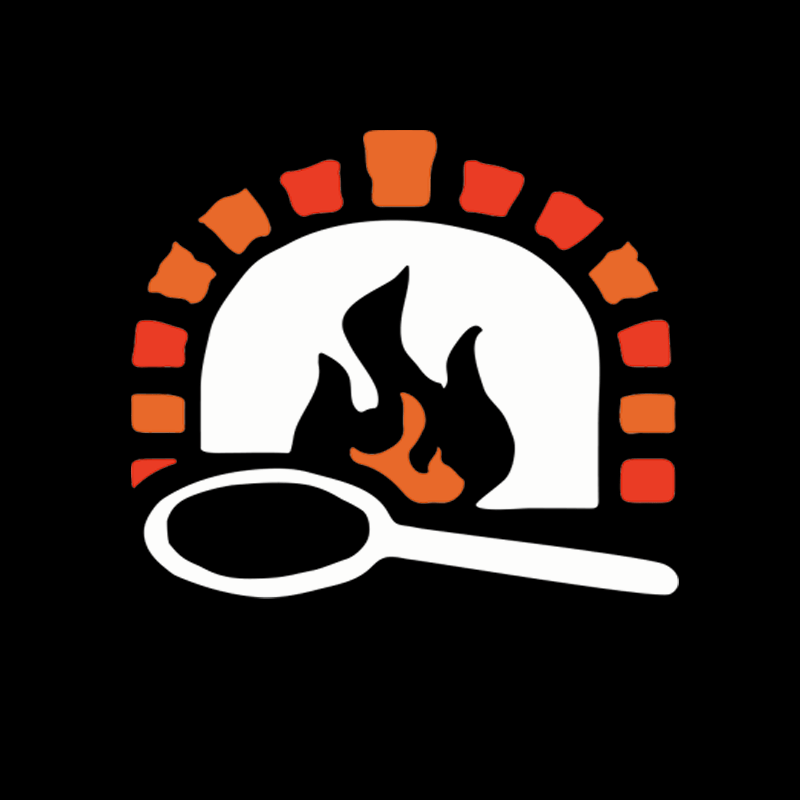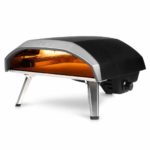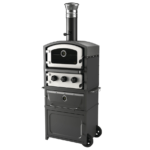Can You Use A BBQ Pizza Oven On A Gas Hob?
Are you looking to spice up your outdoor cooking? BBQ Pizza Ovens are the perfect way to do it! These ovens use a combination of heat from gas or charcoal grills and your pizza stone to deliver delicious gourmet pizzas.
But is it possible to use these special ovens on gas hobs? Read on for all the information you need about using a BBQ Pizza Oven with any type of stove, including gas, induction and charcoal barbecues.
Can You Use A BBQ Pizza Oven On A Gas Hob?
The answer is both yes and no. Different types of BBQ pizza ovens are available on the market, however, not all are designed to be used safely with gas hobs.
Different Types Of BBQ Pizza Ovens
The main types of BBQ pizza ovens available on the market include freestanding, portable, indoor and outdoor models.
Freestanding ovens are stand-alone units that can be moved around with ease and used both indoors and outdoors; they typically operate on either propane gas or solid fuel such as charcoal or wood chips.
Portable ovens offer the ultimate convenience; these small but powerful devices sit directly atop your existing barbeque grill or stovetop and cook pizzas quickly using direct heat from flames or hot coals.
Both styles of mobile pizzeria give you the flexibility to move your meals wherever you need – perfect for alfresco entertaining! Indoor ovens provide all the deliciousness of traditional cooking methods at home while keeping costs down; these convenient appliances come in countertop varieties so they fit into almost any kitchen layout.
Each type has its own advantages and disadvantages: freestanding BBQ Pizza Oven tend to require more space for setup which might not suit people with limited room outside; meanwhile installable models enable much more control over temperature but take up significantly more time in terms of planning ahead for installation.
Pros And Cons Of Using A Gas Hob
When considering what kind of cooking range to purchase, a gas hob often provides an excellent choice for convenience and control. Gas hobs are often notably cheaper than electric ones, provide clearer visibility during the cooking process and generally have higher efficiency ratings.
At the same time though, there are some drawbacks to using a gas cooker which should be taken into consideration before making any decisions. For example, many modern appliances cannot just simply “plug in” to a gas hob; this is especially true when it comes to BBQ pizza ovens.
Not all types are compatible with use on gas stoves either – so make sure to check compatibility before making any purchases.
Tips For Using A BBQ Pizza Oven On A Gas Hob

Proper Set-up And Preparation
When using a BBQ pizza oven on a gas hob, proper set-up and preparation are essential. The first step is to make sure you have read through the manufacturer’s instructions and recommend guidelines for your particular oven type in order to ensure that it will be safe when used indoors on a gas stove.
Additionally, it’s important to consider the kind of fuel you wish to use – woodfired ovens are commonly fueled by dried hardwood which gives great temperature control without too much smoke production.
If using charcoal or propane as fuel sources, remember that their combustion creates more heat quickly so careful monitoring of temperatures is essential.
For outdoor use, freestanding or portable pizza ovens offer the best results and can be tailored more specifically for baking baked goods like pizzas with indirect heat allowed from the sides rather than direct flame above them which could cause burning on top.
When setting up any pizza oven indoors or outdoors always take note of fire safety rules such as keeping flammable materials away from open flames, never leaving an open flame unattended and ensuring all children remain at a safe distance whilst cooking is in progress.
Safety Precautions To Observe
When using a BBQ pizza oven on a gas hob, it is important to observe certain safety precautions. It is essential to ensure adequate ventilation so that smoke inhalation is prevented.
Furthermore, the oven should never be placed underneath the gazebo or any other covering as this can lead to the creation of hazardous fumes and the buildup of carbon monoxide due to lack of air circulation.
It’s also necessary to regularly inspect hoses for wear and tear in order to prevent accidental leakage when operating the appliance. The gas cylinder should be kept off when the BBQ pizza oven isn’t being used in order to avoid any untoward incidents which could have potentially disastrous consequences.
Additionally, before beginning operations, the grease tray should always be emptied thoroughly as accumulations can cause flare-ups leading to fire hazards with such an appliance.
Maintaining The Right Temperature And Heat Distribution
When using a BBQ pizza oven on a gas hob, it is important to ensure that the heat source and temperature are properly adjusted. To achieve this, start by setting your barbecue up with the pizza stone placed at the centre of your gas hob.
Make sure it is not too close to any other apparatus you may have connected, as this could create dangerous hot spots.
To monitor the temperature when cooking, use an accurate thermometer such as an alumnae thermometer which reads up to 500 degrees Celsius so you can track temperatures in different sensory areas of your grill/bake-oven setup accurately if needed.
Conclusion
Making the decision of whether to opt for a BBQ pizza oven on a gas hob should be based on careful consideration of the pros and cons. On one hand, using a BBQ pizza oven on a gas hob is more convenient; it eliminates having to buy or build an outdoor wood-fired hearth which can be time-consuming and costly.
Additionally, they offer excellent temperature control and are efficient when it comes to heat distribution. On the other hand, some types of these ovens may not be suitable for use with certain types of hobs such as induction ones, while others may present potential risks associated with indoor cooking needs such as lack of ventilation or potential damage from mishandling.
As long as certain safety precautions are taken into account when using these tools – including providing adequate ventilation in your space – their convenience can outweigh their drawbacks.






